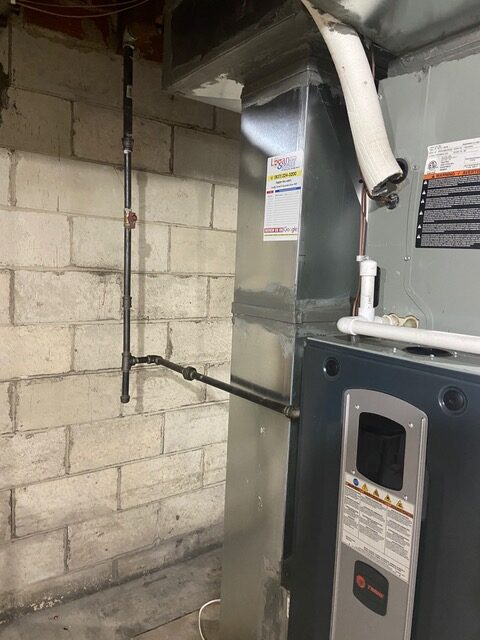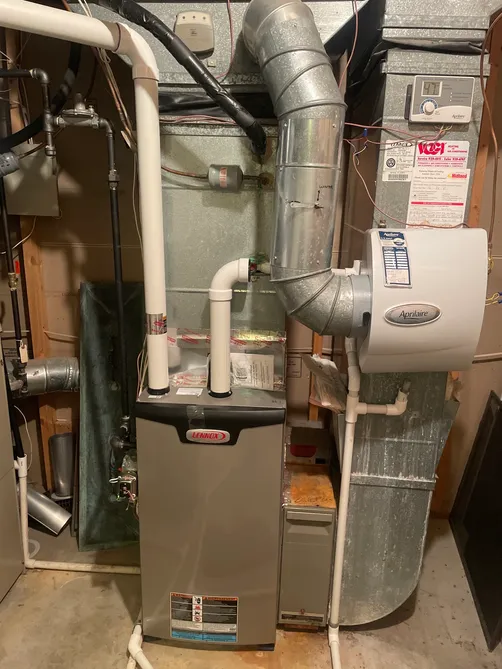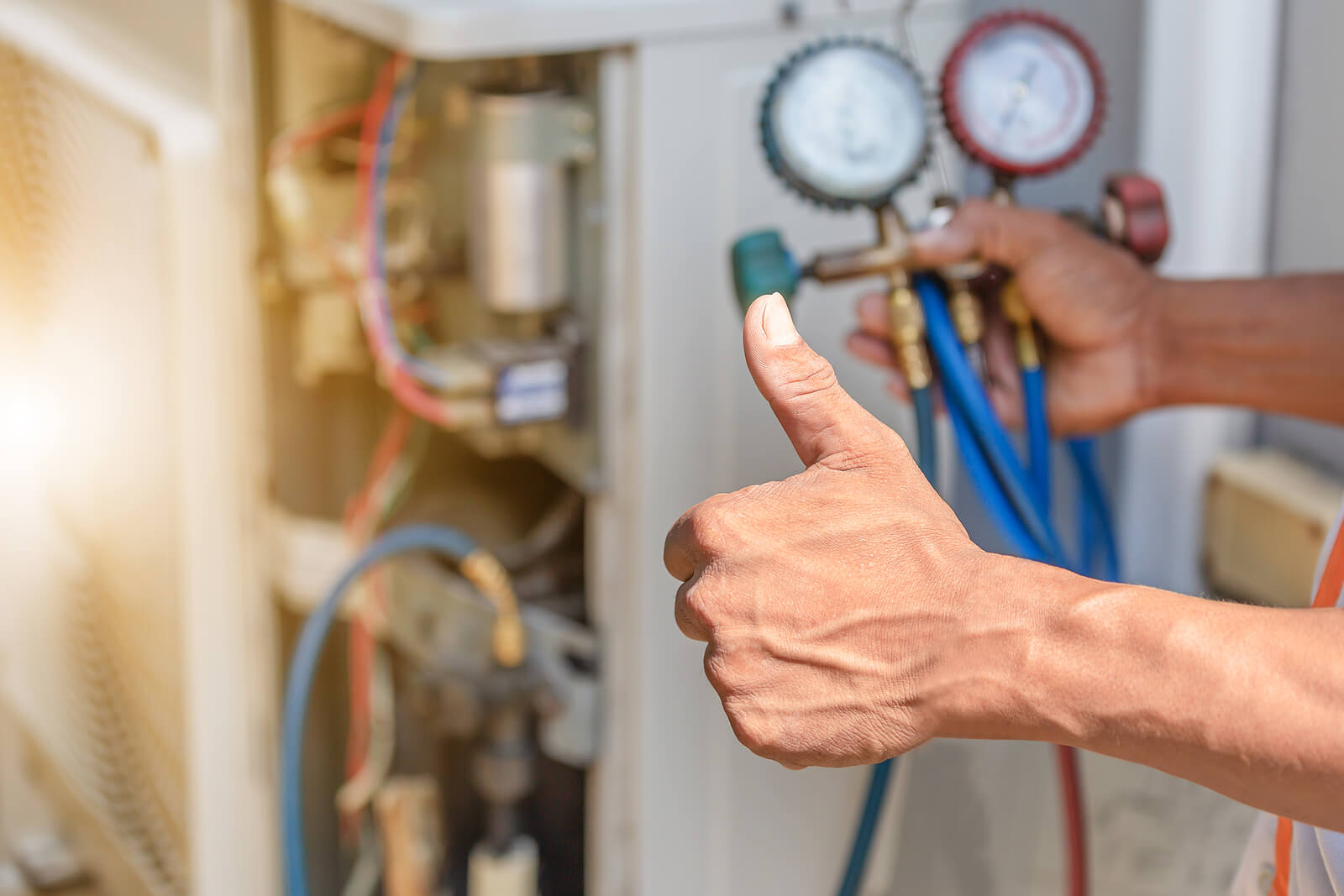The Ultimate Guide to Heater Installation for a Cozy Home
Heater installment is an important aspect of maintaining a comfy home environment, specifically throughout the cooler months. As you think about these elements, the question continues to be: what steps can you take to guarantee your heating system serves you well for years to come?
Kinds of Heating Systems

Gas furnaces are the most typical selection due to their effectiveness and reduced functional prices. They make use of natural gas or propane, offering quick home heating and consistent performance, making them suitable for colder environments.
Electric furnaces, while generally much easier to install and preserve, tend to have greater functional prices. They are typically preferred in locations where gas solution is inaccessible or for homes with existing electric facilities.
Oil heating systems, though less typical today, stay a practical choice in specific regions. They melt home heating oil, which can be advantageous during chillier months, but their reliance on oil delivery poses possible difficulties.
In addition, there are high-efficiency designs offered across these types, which can considerably lower energy intake and utility bills - furnace installation. Ultimately, understanding these heater kinds will help home owners pick a system that lines up with their home heating needs, budget, and power choices
Choosing the Right Dimension
Choosing the suitable dimension for a furnace is critical to ensuring optimum performance and power performance. An undersized furnace will certainly struggle to maintain comfy temperatures during the chilly months, resulting in raised deterioration, higher power costs, and possible system failure. Alternatively, a large furnace might cycle on and off too often, resulting in ineffective home heating and unequal temperature level distribution within the home.
To determine the right furnace dimension, a calculation understood as the Manual J lots computation need to be carried out. This procedure evaluates different variables, including the square video of the home, insulation degrees, window dimensions, and local climate problems. This comprehensive evaluation makes certain that the heating system fulfills the certain home heating demands of the area.

Installation Process Review
In regards to products, you will certainly need ductwork, insulation, and securing tape to make certain ideal air movement and power effectiveness - furnace installation. It is additionally important to have a brand-new furnace filter available, along with venting materials, such as PVC pipe or metal flue, depending upon the kind of heating system being mounted
Safety and security tools, including handwear covers, safety glasses, and a face mask, is also vital to protect against dust and particles throughout installment. Having all these tools and materials readily available not browse around this web-site only enhances the procedure yet likewise boosts the safety and efficiency of the heating system installation.
Maintenance Tips for Long Life
To make certain the durability of your heater, it is important to apply a normal maintenance schedule that addresses crucial Visit Your URL parts of the system. Beginning by changing or cleaning the air filter each to 3 months, as a clogged filter can restrict air movement and lower efficiency. Furthermore, inspect and clean up the blower setting up to avoid dust buildup that can impede performance.
Next, check the thermostat settings and alter if required to make certain exact temperature regulation. Evaluate the ductwork for leaks or blockages, as this can result in energy loss and irregular home heating. Frequently oil the motor and bearings according to the manufacturer's referrals to minimize damage.
Professional examinations must occur yearly, where a certified service technician can evaluate the heater's total problem, look for gas leakages, and make certain that safety features are functioning correctly. Finally, take into consideration installing a programmable thermostat to optimize power use and keep regular home temperature levels. By taking on these upkeep practices, you can enhance your heating system's performance, expand its life expectancy, and eventually appreciate a cozy and comfortable home environment.
Final Thought
